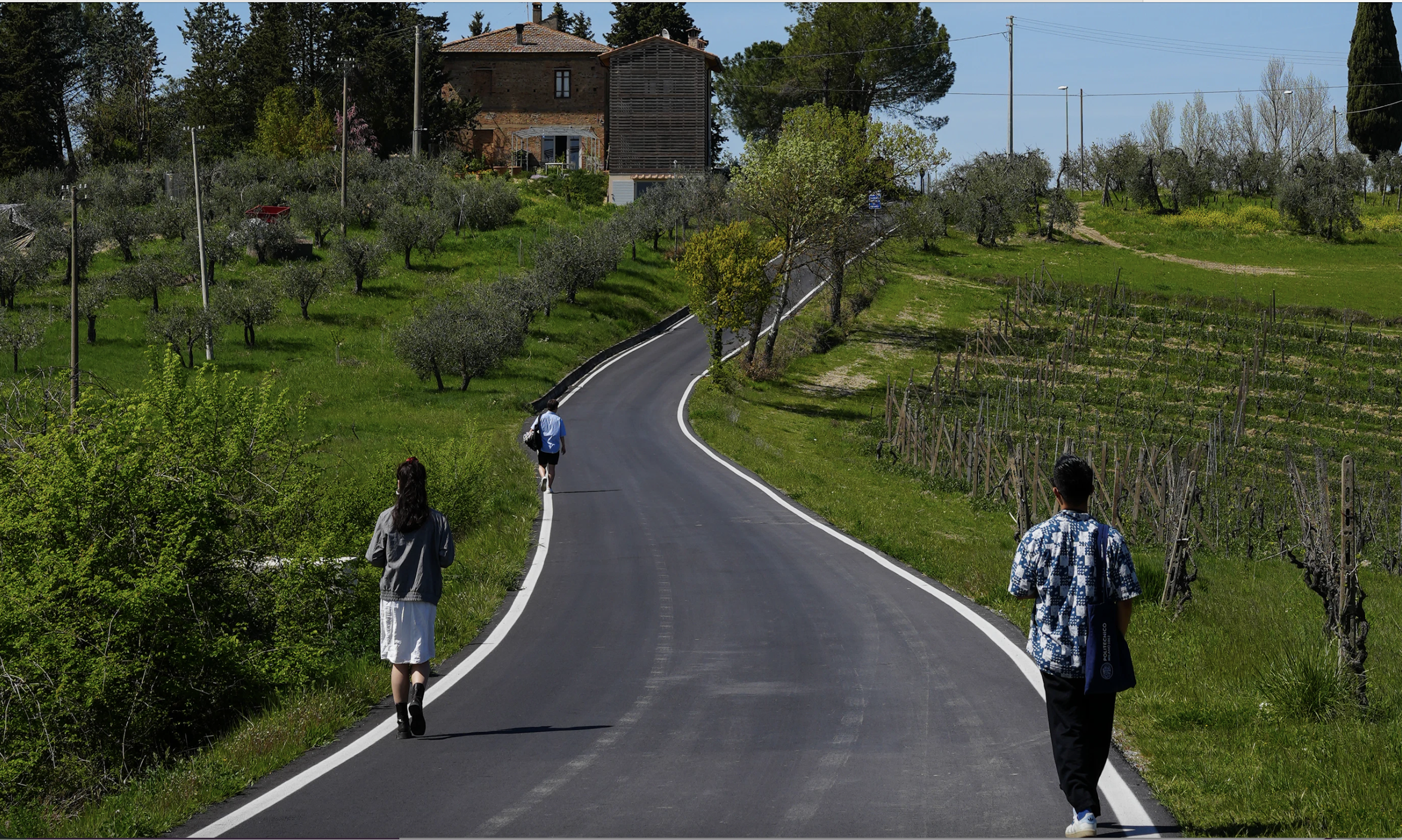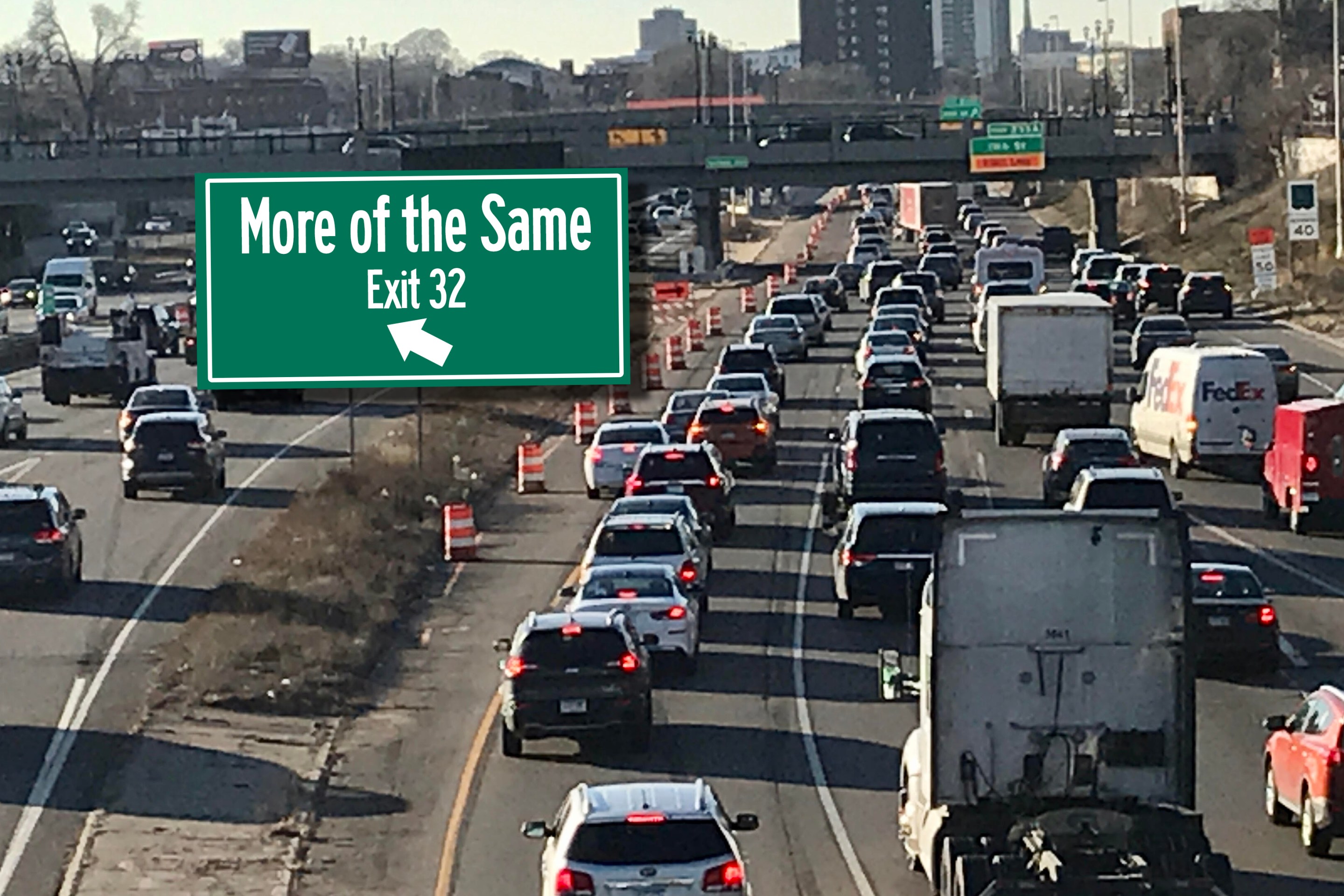In her 80s, my grandma started having heart troubles. More than once, she passed out while driving.
When I reflect on it now, I realize she probably drove off the road more than we knew about. Knowing how much she valued her independence, and how tough and determined she was to stay on the farm in Southern Indiana where she’d spent the previous sixty years, she probably didn’t tell anyone about all the times she was able to get herself back on the road.
But there were a couple of times when word got out to the family. Maybe a passing driver stopped to help before she regained consciousness, or maybe her dusty burgundy Suburban got wedged in a ditch and she needed some help getting out.
My dad and his siblings were finally able to convince her to move from the farm into an assisted living facility in the nearest big town. But missing the farm, she insisted on driving herself back and forth for visits. Thankfully, she was never in a serious crash or in a crash that involved another vehicle. At eighty-eight, she passed away from heart troubles in her sleep.
In my work around the mobility needs of non-drivers, I often reflect on my grandma and the farm community where she lived and raised my dad. Because of its isolation and the need for self-sufficiency, the town had its own diner, gas station, grocery store and hardware store.
But then in 1967, I-64 was built through land my family owned. It did not bisect the town, but the onramps were just a few short meters from the last house. Suddenly, Evansville was an easy 40-minute drive away — instead of a two-hour trip on back roads that flooded when the river was high. And the town’s retail establishments faded away.
It wasn’t just this town that lost retail. Grocery, hardware, and farm stores used to dot farming communities throughout the county. Places that now aren’t much more than a handful of houses had small stores and even schools.
While the loss of agricultural jobs and the depopulation of rural communities might explain part of this loss, it’s not a full explanation. The population of Posey County, where my grandma lived, has actually increased since the 1970s. What has changed is the time and effort it takes to drive to a nearby city, as well as the availability of larger-scale retail that can offer lower prices through economies of scale.
While we may assume that most people who can’t drive live in cities with transit and sidewalks, there are also many rural non-drivers.
Through my research and advocacy, I have met young, disabled non-drivers who couldn’t afford the rapidly rising rents in town, and so had to move back in with their parents in rural areas. I met people who had aged out of driving and didn’t want to leave their tight-knit communities. And I met people who had always dreamed of living in nature and consciously moved out of the city, even though it meant only being able to leave their properties with pre-scheduled rides.
And then of course there are children and young people. On the rural roads where I grew up in Washington State, many families build their kids mini-bus shelters to wait out of the rain for the school bus. As you drive these roads, the shelters provide a physical reminder of the existence of non-drivers and how, if we care about their mobility, as we do for school-aged kids, we can provide transit service for all.
In Wisconsin, the department of transportation found that some of the highest rates of non-drivers were not in big urban areas like Milwaukee, but in rural counties, where 40 percent of the population couldn’t drive or didn’t have a vehicle. Advocates used this data to lobby for more funding for rural transit, arguing that it was more cost effective and better for public health outcomes to provide transit, especially for seniors aging out of driving, than to force them to relocate to nursing homes.
It’s past time we acknowledge that non-drivers exist, not just in big cities but everywhere. Even in rural America, we make up nearly a third, if not more, of the population. We need to make it possible for people who can’t drive or can’t afford to drive to live, and even thrive in all our communities.
Beyond that, we need to think both about how we can mitigate rural car dependency through reducing the distances non-drivers need to travel. For instance, what would it take to support more localized grocery, pharmacy and healthcare services instead of requiring people to travel long distances into larger cities? Maybe my grandma could have stayed on the farm longer if she could have met more of her needs without getting on the highway for groceries.
Second, we need to make travel easier for non-drivers. Robust volunteer driver services can address some needs, but there’s a level of permission and control that comes from asking for rides and having your needs and desires as a non-driver validated (or not). Rural and interurban bus service, even if these services only run daily or a few times a week, can provide critical access to services and social connections in larger communities.
Additionally, safe places to bike and walk/roll in rural communities is a critical part of access. Especially in rural communities where the only roads are highways or winding rural roads without shoulders, people without access to vehicles will be forced to take unnecessary risks walking, rolling or biking where we need to go.
Parallel shared-use paths can be a solution, even and especially in rural communities where the main highways aren’t safe for people outside of vehicles. The increasing availability and affordability of e-bikes/trikes make it possible for more rural non-drivers to get farther distances, but without safe places to ride and roll, the potential of these increased mobility options can’t be realized.
As soaring housing prices in urban areas send more people into rural areas, the high cost of car ownership prices people out of driving, and our population in rural America continues to age, the project of making all of our communities less car dependent takes on increasing urgency.
Many elected leaders who represent rural areas understand this. When I launched the Week Without Driving challenge in Washington State in 2021, my team sent invitations to legislators from all forty-nine of our state’s legislative districts. Some of the most heartfelt responses we received were from elected leaders who lived in rural areas and who knew from the experiences of their family members and their constituents that rural accessibility matters, and that it is not always possible to rely on friends and family for rides.
Too often, advocates for reducing car-dependency focus solely on dense urban areas. But in doing so, they write off too much of our country and discount the reality of too many non-drivers. It is possible to imagine less car-dependent rural and exurban communities and to build towards solutions that increase access for rural non-drivers, too.
The post Don’t Forget About Non-Drivers in Rural America appeared first on Streetsblog California.






